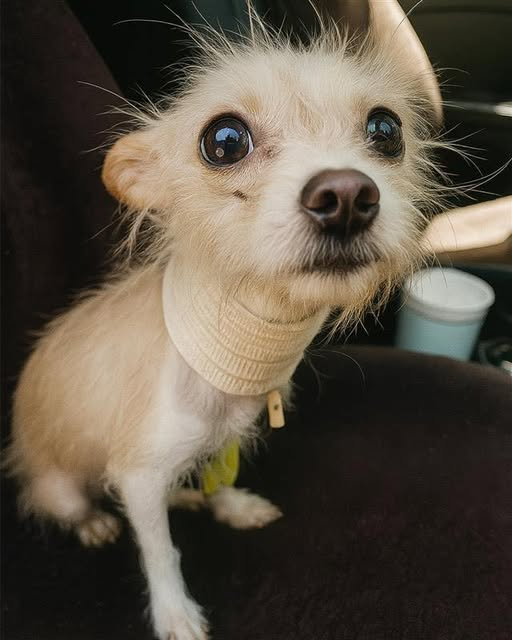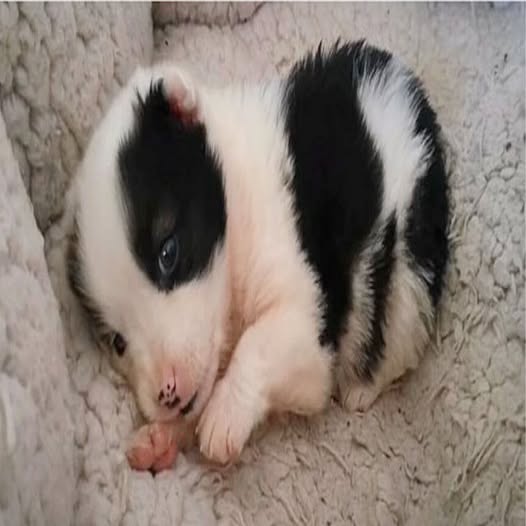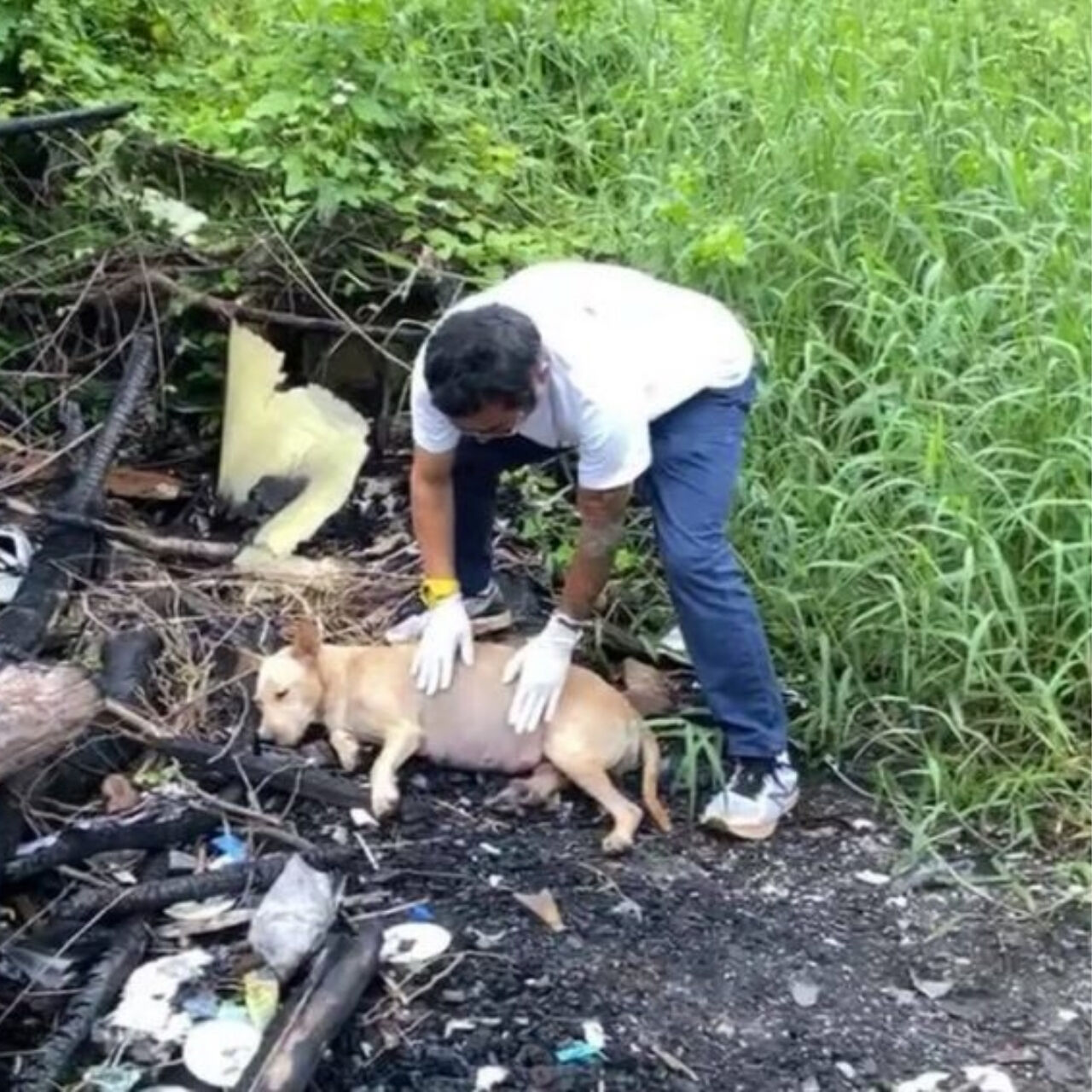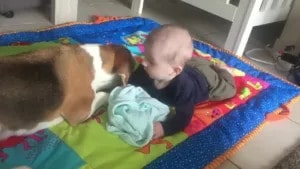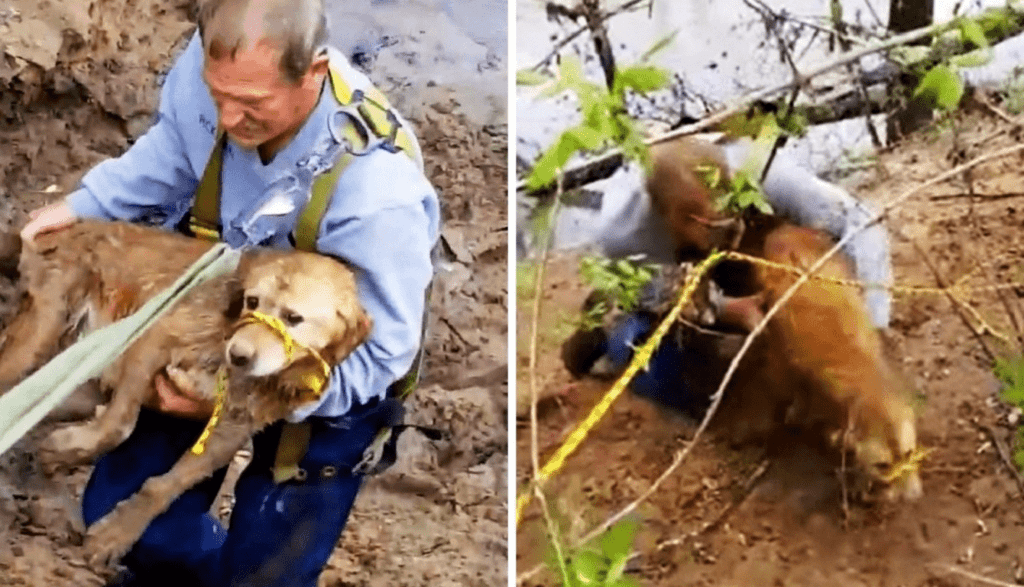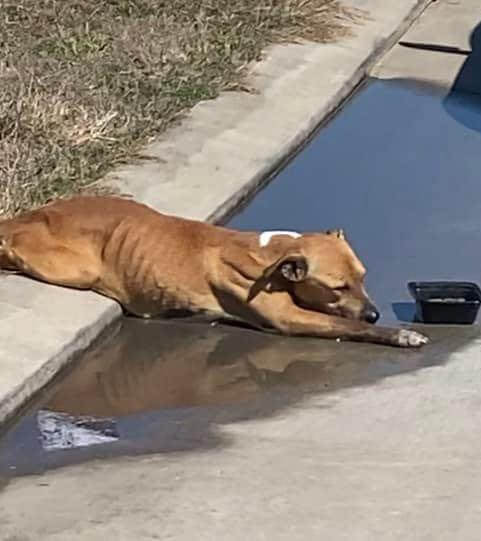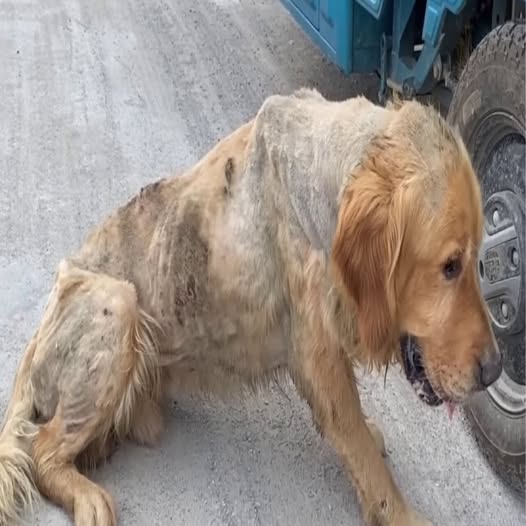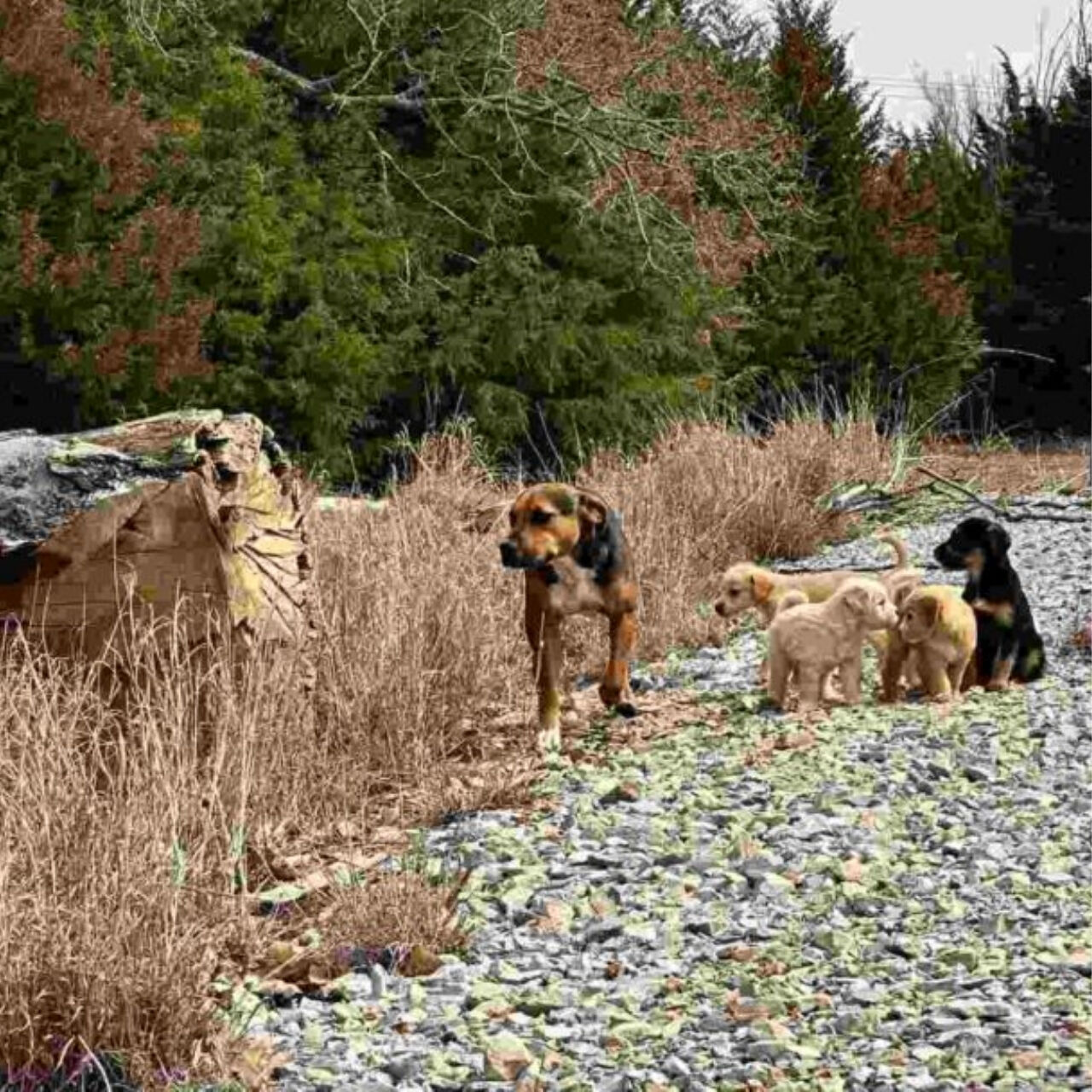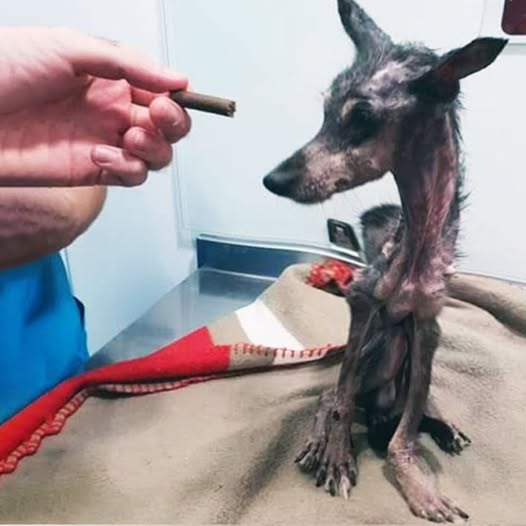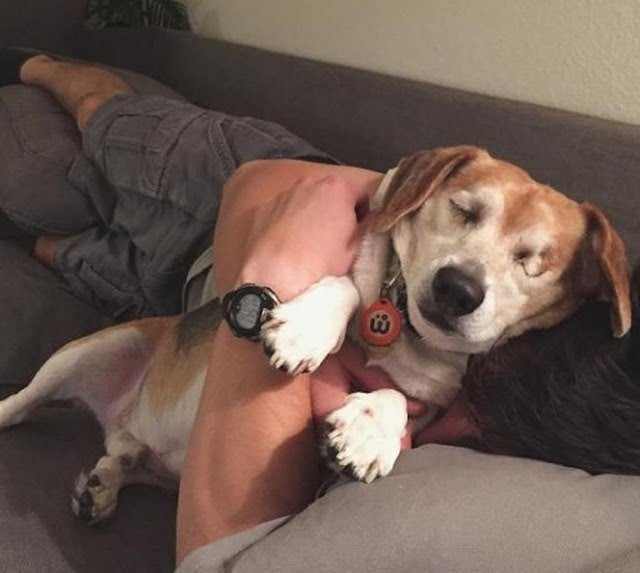Autumn was tied up under a bathroom sink and left there for weeks — no light, no warmth, no voice to reassure her. Just a bowl of cereal and the sound of her own breathing in the dark. She waited in silence, too weak to cry, too hurt to hope — not knowing if anyone would ever come. By the time she was found, her neck was torn from the rope, her tiny body nearly giving up… but somehow, her eyes still searched for a reason to trust. She’s still quiet. Still fragile. Still trying to understand if the world outside that cabinet will be any different. 💔 Her story is hard to read, but it’s one that needs to be heard.
When Autumn was finally discovered, the first thing rescuers noticed was how alert her gaze was, despite her frailty. Her body, emaciated and bruised, was a harsh testament to the weeks of neglect and abuse. But there was something else, something that made them stop for a moment: her eyes. Even in pain, even in fear, they held a tiny glimmer of hope, a question silently asked: “Will you help me?”
The initial days were the hardest. Every movement, every sound, seemed to overwhelm her. She flinched at simple gestures, shied away from hands that tried to offer comfort, and sometimes froze in fear when approached. Feeding her was a delicate task — she could only manage a few bites at a time, and even then, she was cautious, unsure if the kindness offered to her would last. But slowly, ever so slowly, she began to take small steps toward trust.
Rescue organizations often speak of the “critical window” after trauma — the period where a vulnerable animal must feel safety before despair sets in permanently. For Autumn, that window was narrow. Days blended into nights, and nights were filled with careful monitoring, quiet reassurance, and patience that bordered on relentless. Volunteers spoke to her gently, using the same soft tone that might calm a frightened child. They didn’t reach for her immediately. They let her approach them, letting her dictate the pace of connection.
There were moments that tested even the most experienced rescuers. Sometimes, Autumn would snap, a flash of fear-driven anger breaking the fragile calm. At other times, she would retreat into herself, curling up into a tight ball, eyes wide and pleading. Yet, every small interaction mattered. A touch of a finger on her paw, a whispered word of encouragement, a slow blink in acknowledgment of her presence — these were victories. They were small, but for Autumn, each was monumental.
One of the first breakthroughs came with a warm blanket. It was an ordinary item, but it represented security. Autumn hesitated at first, sniffing it cautiously, then stepping back. But as nights passed, she began to seek its warmth, nestling into its folds for the first time in weeks. Volunteers watched in quiet awe as her posture relaxed, her muscles loosening, her breathing slowing into a rhythm of calm rather than fear. It was as if she finally understood that not every hand that reached for her intended harm, that not every shadow in the room meant danger.
The journey to trust, however, was not linear. Some days were filled with hope, others with setbacks. Progress that seemed steady could be undone by a sudden loud noise or a sudden movement. Autumn would sometimes revert to trembling, to cowering, to the instinctual fear that had kept her alive under that sink. But with every relapse, the caregivers adapted, adjusting their approach, maintaining their patience, never allowing frustration to seep into the interactions. The lesson was clear: healing could not be rushed.
Socialization with other animals was another critical step. Autumn had been isolated for so long that even the sight of another dog initially triggered fear. But slowly, with supervised sessions and positive reinforcement, she began to acknowledge their presence without panic. She watched, studied, and sometimes even mirrored behaviors, a quiet acknowledgment that perhaps the world could be safe. It was remarkable to see a creature who had known only confinement and neglect begin to recognize companionship and connection.
Autumn’s story soon began to touch more than just her rescuers. As photos and updates were shared online, thousands of people followed her journey, offering messages of support and encouragement. “She’s already so brave,” one commenter wrote. Another said, “Thank you for showing the world that even the smallest, most broken hearts can heal with love.” The response was overwhelming, a digital chorus reminding the rescuers that they were not alone in this mission.
Even now, months after her rescue, Autumn remains a gentle reminder of resilience. She is not fully healed — some days still carry shadows from the trauma, and some nights are spent hiding under blankets or behind furniture. But she also displays moments of joy that seem almost miraculous: a wag of her tail when greeted, a gentle nuzzle against a hand, the soft sound of contentment during quiet moments. Each action is a testament to her courage, to the possibility that love and care can mend even the deepest scars.
Autumn’s story also highlights a broader truth about abuse and neglect. Many animals go unseen, trapped in spaces both physical and emotional, waiting for a chance at freedom. Her experience is not unique, but her recovery offers hope that intervention, patience, and compassion can transform despair into resilience. Every volunteer who spent hours by her side, every donor who contributed to her care, every person who shared her story — they collectively played a role in rewriting her narrative from one of abandonment to one of fragile hope.
As Autumn continues to navigate her new life, the lessons she teaches are invaluable. Trust is not given; it is earned. Healing is not instant; it is painstaking and slow. And yet, even in the quietest, most fragile moments, there exists the possibility of love. Her story urges observers to be vigilant, to advocate for the voiceless, and to understand that the smallest actions — a gentle touch, a patient word, a warm blanket — can save a life.
There is a profound humility in watching a being recover from such profound neglect. Autumn does not boast of her bravery. She does not demand recognition. She simply lives, moment by moment, learning that the world can be kind. And in that quiet existence lies a powerful narrative: that even in the face of unimaginable suffering, the capacity for trust, for connection, for love, can endure.
Autumn’s journey is far from over. There will be hurdles, moments of fear, and days when the shadows of her past feel overwhelming. But with every small triumph, she reclaims a piece of her life that was once stolen. For those who witness her story, she is a reminder of resilience, a symbol of hope, and a call to action — to protect, to nurture, and to love those who cannot speak for themselves.
Her story is heartbreaking, yes, but it is also profoundly inspiring. Autumn reminds us that even in darkness, there can be light; even in despair, there can be hope. And though she may still be quiet, still fragile, and still learning to trust, her journey proves that love — patient, unwavering love — can guide even the most broken heart toward healing. 💔
